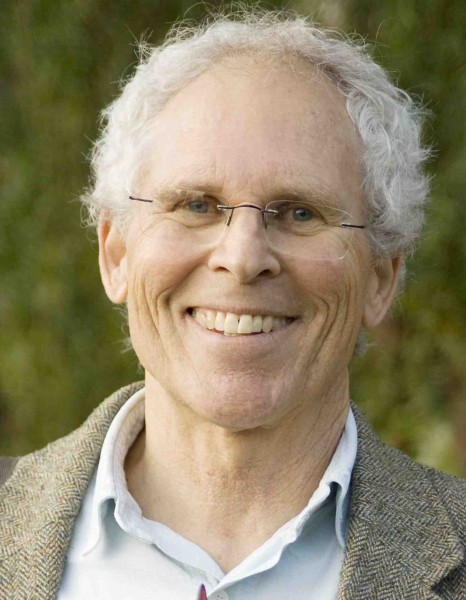Laguna Public Art in the Anthropocene

“Ben, I just want to say one word to you. . . . Plastics!” exclaimed Mr. McGuire.
The setting for The Graduate film dialogue was a cocktail party for a recent college diploma holder, played by Dustin Hoffman, who was trying to decide what to do with his life. Readers like me, who saw this award-winning 1967 Hollywood film, may well remember this exchange between Ben and Mr. McGuire that took place near the swimming pool of a posh Southern California home in a tony suburban neighborhood. Going back more than fifty years ago, that scene and that word “plastics!” remain etched in my mind.
Since then, my wife and I have voyaged extensively in Asia and the Indo-Pacific world, where we have visited remote islets and villages where single-use plastic containers litter what would otherwise be iconic landscapes and waterways. In a drought-stricken Asmat settlement in New Guinea, Indonesia, a dried-up riverbed brimmed with plastic containers of all colors and sizes. If rain returns, that detritus will flow into the western Pacific.
That was 11 years ago. Sadly, it took that experience for me to become “woke” to what plastic waste has been doing to the Pacific I love, study, travel, and write about. Since then, I’ve been learning from National Geographic and Los Angeles Times accounts about the Great Pacific Garbage Patch, bigger than Texas. It is largely composed of non-biodegradable plastics that break down into small microplastics ingested by marine creatures widely eaten by humans. Clockwise swirling ocean currents are moving this debris toward coastal California.
But this has been happening in the western Pacific, thousands of miles away, and nearer Hawaiian waters in the northern Pacific still distant from us.
What about the eastern Pacific, where Laguna Beach is situated? Seemingly, to get us thinking about the ecological impacts of plastics on our society, sculpture artists Joel Stockdill and Yustina Salnikova have created an eight-foot-tall representation of a human head with a cavity where the brain would ordinarily be. The sculpture, titled “Inquire Within,” is sited on the lawn in front of City Hall.
What is the meaning of this art display? What does its title, “Inquire Within” signify? Aside from directing us to ask the City Clerk about the meaning of the sculpture, could the artists be urging us to “inquire within” our own minds about whether plastics represent something more than convenience in packaging and conveyance in water bottles, construction piping, and medical paraphernalia? The Journal of the American Medical Association finds that microplastics are in our bodies–in our cells and blood–but seems unsure of the dangers posed to our health.
If known and yet to be uncovered, verifiable facts attest to serious risks, shouldn’t we, as individuals and our government, be taking precautionary actions? If so, what actions seem most reasonable? Our city’s installation of refillable water bottle stations has been a sensible and commendable action. The same can be said for city hall’s ban on restaurants providing plastic straws, utensils, and take-out bags. Beyond such steps, does “Inquire Within” also mean we need to embrace more nature-based solutions to challenges and not reflexively opt for synthetic ones? Should we be looking for alternatives to fossil fuel-manufactured plastic products? Is humanity’s pervasive use of plastics contributing significantly to the dangers of what scientists are calling the Anthropocene Epoch? This time frame roughly coincides with the Industrial Revolution and afterward. It is characterized by humans irreversibly altering our biosphere in ways inimical to the survival of civilization and possibly life itself.
See how unsettling public art can be? When The Graduate was released, few commentators seemed to question the environmental and health impacts of plastics. Now, in the Anthropocene, many scientists and artists alike are “inquiring within” about what to do about plastic pollution. Isn’t it time we do likewise?
Tom Osborne is writing a book-length history of California’s environmental movement. He and his wife, Ginger, co-lead the Laguna chapter of Citizens’ Climate Lobby, which advocates for a fee on carbon that would be rebated to taxpayers. He can be reached at [email protected].




